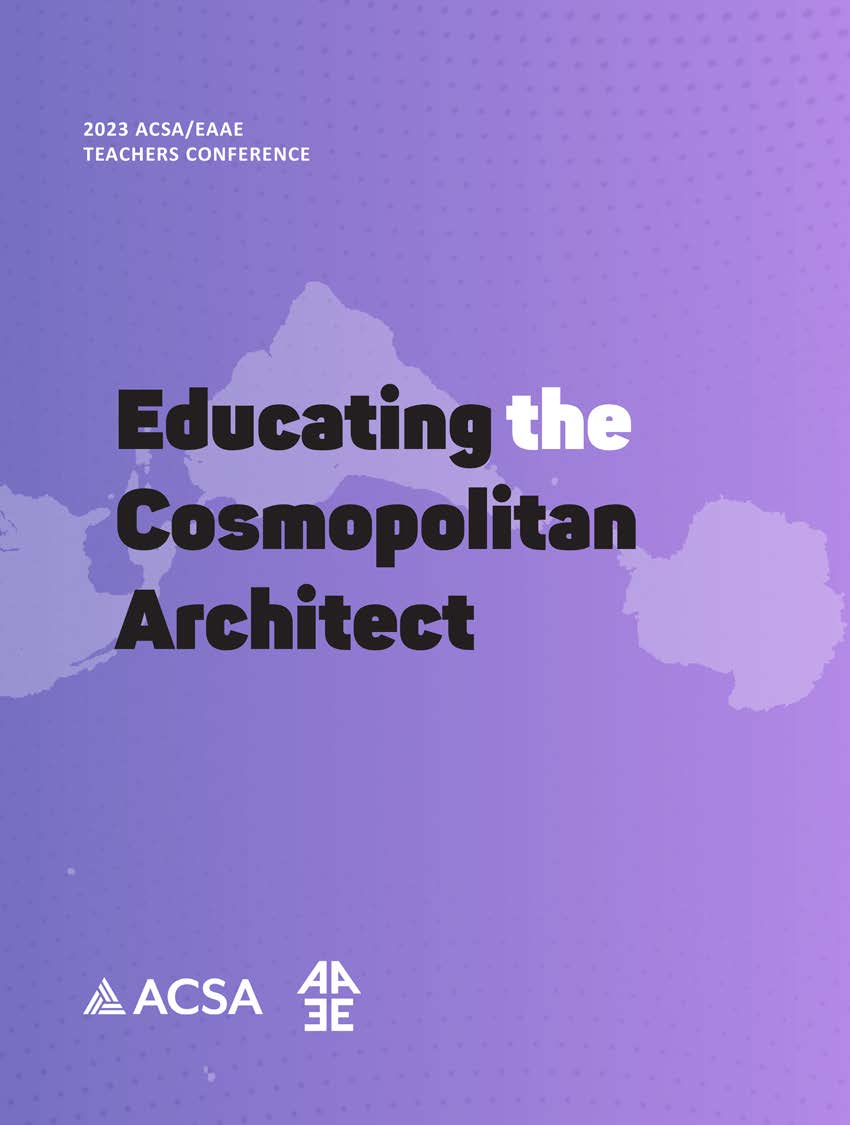Author(s): Vincent Peu Duvallon
Analyzing the intellectual debate at Cornell School ofArchitecture in the 1970s, Sébastien Marot coined the term“manifeste situé” to describe three publications: Berlin: AGreen Archipelago in 1977, Collage City and Delirious NewYork in 1978. These publications completed a cycle that began ten years earlier at Yale University, where architecture education departed from the modernist canon to root itself in the reading of the vernacular commercial environment. Charles W. Moore’s agenda when he took over the School of Architecture at Yale in the 1960s was to bring design teaching outside the studio, reacting to beaux-arts atavism that survived modernism, where design is taught in-vitro. Initiated by investigating the New Haven social and urban conditions, this pedagogical project culminated with Robert Venturi and Denise Scott Brown’s urban design-inspired studio in Las Vegas in 1968 and Levittown in 1970. These systematic explorations of America’s backyard, through sketching, painting, photographing, filming, and reading, aimed to shift design education’s focus toward political space and away from architectural forms. The ambition was to address the rapidly developing problems of the urban environment and relate architecture to a broader culture. Within this context,Venturi and Scott-Brown’s seminal publication, Learning from Las Vegas, would redefine architectural education. Fast forward fifty years, our paper examines the relevance of this education model in a Sino-American institution. We explore how working with existing settings can make architectural education more relevant and engage students effectively in China’s increasingly homogenous educational landscape. We question whether architecture can remain political in this context and how to redefine the notion of context as a design mimic in global practices. Drawing parallels between the 1970s US education context and present-day China, we adopt a foreign perspective to examine the relationship between architecture education, politics, architectural canons, and vernacular landscapes.
https://doi.org/10.35483/ACSA.Teach.2023.52
Volume Editors
Massimo Santanicchia
ISBN
978-1-944214-44-9

 Study Architecture
Study Architecture  ProPEL
ProPEL 
